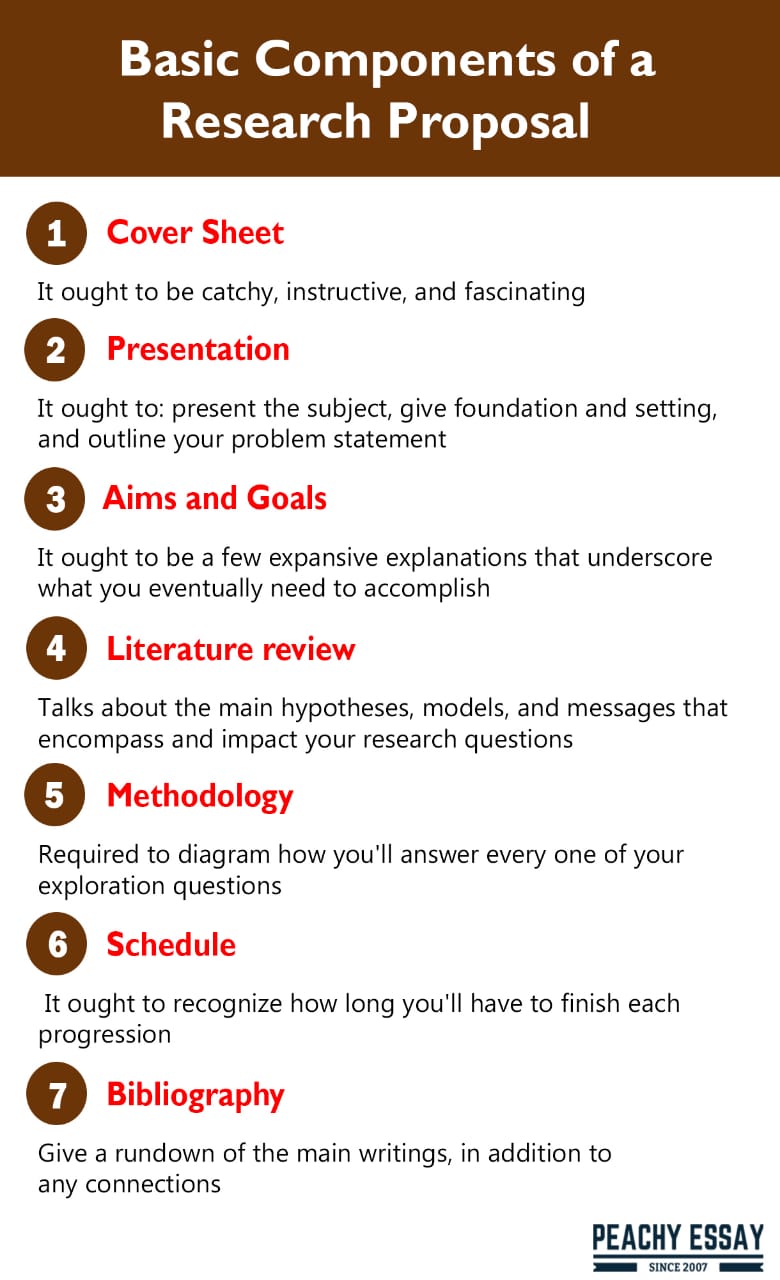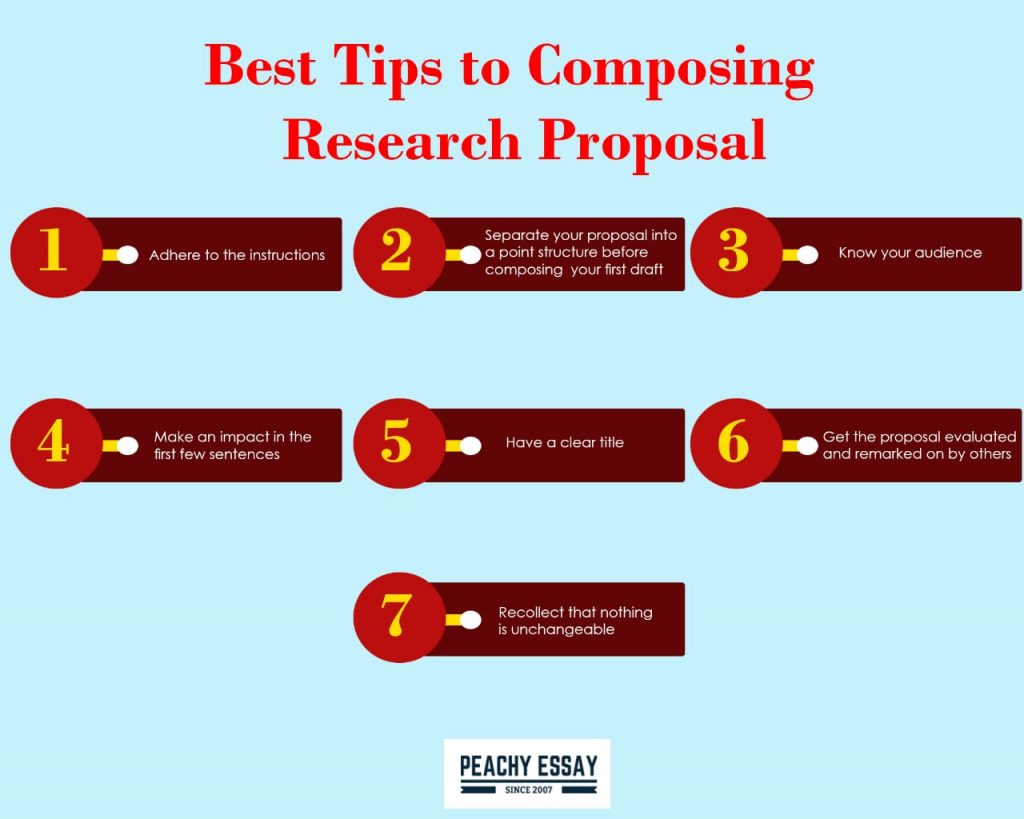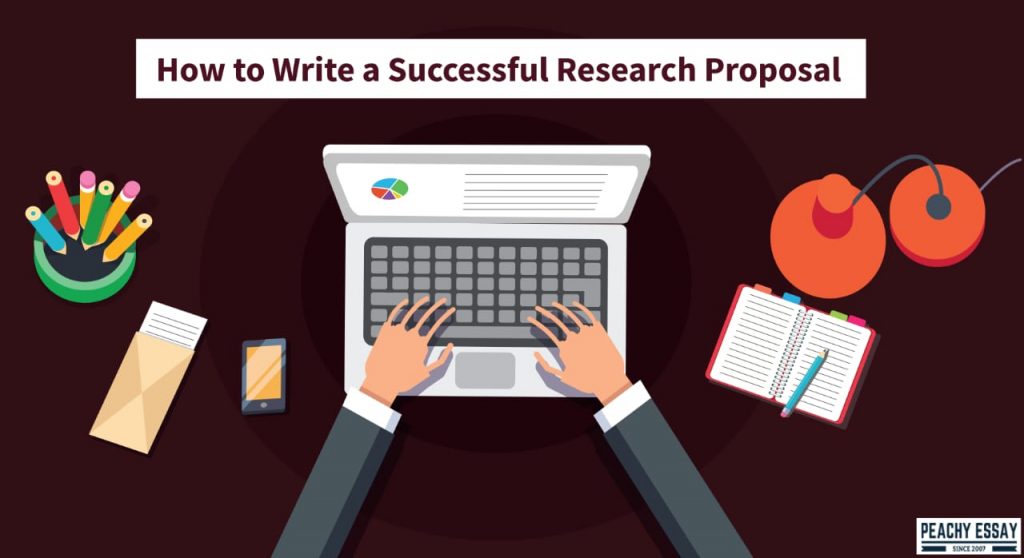Generally, research proposals are utilized to convince your supervisors and funders that your work is deserving of their help. Research proposals for a Doctoral thesis are normally somewhere in the range of 2,000 and 3,000 words long.
Your research proposition should energetically express what you need to research and why, pass on your comprehension of existing writing, and unmistakably characterize in any event one unique inquiry and your way to responding to it.
While it should be very much organized, your research proposal ought to hold adequate adaptability to accommodate any progressions you need to make as your research continues.
Regardless of whether you’re applying for Ph.D. subsidizing or requesting private support for your association, in this article, we’ll lay out a far-reaching structure for composing your proposition and give a few hints to improving its odds of being acknowledged.
Purpose of a Research Proposal
Scholastics regularly need to compose research proposals to get financing for their activities. As an understudy, you may need to compose a research proposal to get your postulation or paper plan affirmed.
All research proposals are intended to convince somebody —, for example, a financing body, instructive foundation, or manager — that your venture is beneficial.
Research Proposal Aims
- Relevance: Persuade the reader that your undertaking is intriguing, unique, and significant
- Context: Show that you know about the field, you comprehend the present status of exploration on the subject, and your thoughts have a solid scholastic premise.
- Approach: Put forth a defence for your system, showing that you have painstakingly pondered the information, devices, and strategies you should lead the examination.
- Plausibility: Affirm that the undertaking is conceivable inside the down to earth imperatives of the program, establishment or subsidizing.
How Long is a Research Proposal?
The length of an examination proposition differs drastically. An unhitched male’s or expert’s proposition can be only a couple of pages, while proposals for Ph.D. expositions and research funding are frequently exceptionally long and point by point.
Even though you compose it before you start the exploration, the proposition’s structure generally resembles a more limited form of a theory or thesis.
Components of a Research Proposal

Cover sheet
Your temporary title ought to associate with ten words long and unmistakably and precisely demonstrate your area of study as well as the proposed approach. It ought to be catchy, instructive, and fascinating.
Likewise, the cover sheet should incorporate individual data, like your name, scholarly title, date of birth, identity, and contact subtleties.
Presentation
Your proposition’s initial segment is the underlying pitch for your venture, so ensure it compactly discloses what you need to do and why. It ought to: present the subject, give foundation and setting, and outline your problem statement.
If your proposition is long, you may include separate areas with more nitty-gritty data for the background and setting, issue proclamation, points and goals, and significance of the study.
Aims and goals
This is a short outline of your venture. Your points ought to be a few expansive explanations that underscore what you eventually need to accomplish, supplemented by a few engaged, possible and quantifiable goals – the means that you’ll take to answer every one of your research questions.
Literature review
This part of your Ph.D. proposition talks about the main hypotheses, models, and messages that encompass and impact your research questions, passing on your agreement and familiarity with the central points of interest and discussions.
Likewise, it ought to zero in on the hypothetical and reasonable information gaps that your work means to address, as this eventually legitimizes and gives inspiration to your venture.
Methodology
Here, you’re required to diagram how you’ll answer every one of your exploration questions. A solid, elegantly composed technique is pivotal, particularly if your task includes a broad assortment and huge investigation of essential information.
The examination proposition strategy distinguishes the information assortment and scientific procedures accessible to you before advocating the ones you’ll use in more prominent detail. You’ll likewise characterize the populace that you’re proposing to analyze.
You should likewise show that you’re mindful of the impediments of your examination, qualifying the boundaries you intend to present. Keep in mind; it’s more noteworthy to work effectively on investigating a smaller subject than a nice work of investigating a more extensive one.
Schedule
Your schedule ought to recognize how long you’ll have to finish each progression – maybe utilizing every other week or month-to-month timeslots. This assists the readers with assessing your undertaking’s practicality and shows that you’ve thought about how you’ll approach incorporating the Ph.D. proposition.
Bibliography
At long last, you’ll give a rundown of the main writings, in addition to any connections like your scholarly CV. Exhibit your abilities in basic reflection by choosing just those assets that are generally fitting.
Types of Research Proposals
Here are the kinds of research proposals.
Pre-proposal
A pre-proposition is a request sent preceding a full proposition. A method of measuring whether an establishment is keen on a proposed research theme incorporates a theoretical and a short rundown of the planned methodologies, objectives, and present status of the field.
Academic proposal
A scholastic proposition is an application for an exploration place at a college, typically for a particular time of three to six years. As a rule, colleges will recommend a particular design for recommendations, and this should be followed.
Reaction to an RFP (Request for Proposal)
A solicitation for proposition (RFP) is an open document shipped off various people or showed on a public stage that goes about as a functioning solicitation for research proposition entries. The parameters of exploration for an RFP will, in general, be very explicit. Like scholastic proposition, reactions may have to follow a particular design.
General proposal
A proposal that doesn’t find a way into the classes above will probably fall into this gathering. Nonexclusive propositions are spontaneous solicitations for research financing and are sent to private and public associations effectively engaged with giving subsidizing in different regions.
How to Write a Research Proposal
While it is imperative to adhere to any financing body guidelines, most proposals will follow a construction like the one illustrated beneath.
It is critical to incorporate these segments, as the data included is fundamental for the assessment cycle. You can discover an example format here.
Utilize the accompanying design to illuminate your own proposition composing measure:
- Title: Your proposal topic ought to plainly portray your exploration thought or key examination question.
- Abstract: This is where you lay out the central area of research in this part. You ought to give a little scholastic foundation and sum up the thing you will say in the proposition.
- Literature review: In this part, you ought to give a framework of past research papers in your field. It is an opportunity for you to exhibit your mastery and show where your proposed project finds a way into the more extensive picture. Great exploration is fundamental for this piece of your proposition.
- Key research question(s): This is perhaps the main piece of the proposition. Obviously, clarify your research question(s), how it will fit with flow research, why it’s significant, and the advantages. You ought to likewise express your goals in this segment.
- Methodology: Various focuses should be canvassed in this stage. Most importantly, give a structure that portrays your methodology’s hypothetical underpinnings and covers the viable strategies included. Additionally, clarify which research assets you will draw from (library, lab, field-work, information assortment, and so forth)
- Timetable: Give a timetable of various stages and the destinations related to each. If you send a proposition to a scholastic establishment, this will probably be inside a particular report time of quite a long while.
- Reference index: Incorporate both references to referred sources and any writing that might be valuable to the evaluator.
- Contact details: Incorporate all contact subtleties, not simply an email address, alongside a location on the off chance that an association needs to send you mail.
You may likewise need to add a list of chapters, a section blueprint of your theory, and your mark at the lower part of the archive.
It’s essential to stay formal and use language suitable to your field, depicting key ideas and key components, but on the other hand, it’s not difficult to slip into muddling. Besides, don’t accept that the people answerable for assessing a proposition will fundamentally have a high-level scholastic foundation.
What is the Difference Between Research Aims, Research Questions, and Research Objectives?
The research question forms an exploration issue that you need to research. The extent of the inquiry is educated by your research aim and your examination objectives.
A research aim communicates the goal or a goal of the exploration study; it sums up in a solitary sentence what you desire to accomplish toward the finish of an exploration project. Your point ought to be explicit and stated so that it is feasible to distinguish when it has been accomplished.
Examination destinations layout the particular advances that you will take to accomplish your exploration point. Goals characterize the what, why, who, when, and how questions. You should check your goals consistently during your examination venture to guarantee you are remaining on track and choose if you need to audit or update them. Whenever you have characterized your targets, consider whether each is conceivable if the quantity of goals is practical.
Research aim and objectives ought to be SMART:
- Specific – be exact about the thing you will do.
- Measurable – what proof will you have that you have arrived at your objective?
- Achievable – Don’t endeavour excessively. A less yearning, however, the finished goal is superior to an over-aspiring one that you can’t in any way, shape, or form accomplish.
- Realistic – do you have the essential assets (time, cash, abilities, and so forth) to accomplish the goal?
- Time obliged – decide when each stage should be finished. Is there time in your timetable to consider sudden postponements?
Your aims and objectives should drive your research task and answer your research questions.
Tips for Composing your Research Proposal

- Adhere to the instructions
Peruse and adjust to all guidelines found on the board site. Ensure that your proposition fits the measures of the opposition.
Permit a lot of time to compose your proposition, and don’t surge.
Ensure that you recognize the authors of all distributions you reference in your proposition to keep away from any danger of counterfeiting. It would help if you reworded or utilize quotes where proper.
- Separate your proposal into a point structure before composing your first draft
Because of the complete length of the proposition, choose whether you will have headings/subheadings and what they will be (e.g., Introduction, Background Material, Methodology, etc.).
Ensure that your exploration thoughts and questions are unmistakably expressed. Your inquiries are just about as significant as your outcomes at this phase of the exploration.
Ensure that the extent of your exploration is sensible and reasonable. The proposition is surveyed on scholarly desire and importance yet, besides, the probability of culmination.
Ensure that your enthusiasm for the examination point radiates through. Your proposition ought to be drawn nearer as a piece of powerful composition – you need to set up the consideration of your reader and persuade them regarding your task’s importance.
These headings can be chosen dependent on the counsel given in the particular honour directions. For each part, spread out in point structure what you will examine.
- Know your audience
Portray your exploration proposition in non-specialized terms. Utilize clear, plain language and dodge language.
Ensure your proposition is free from typographic and syntactic mistakes.
- Make an impact in the first few sentences
Commentators are occupied individuals. You should catch their eye and energize them about your undertaking from the earliest starting point. Make it simple for them to comprehend your proposition.
Show how your examination is inventive and important. Keep in mind, as well; showing your excitement for your undertaking—energy is infectious!
Coordinate your proposition with the goal that it is tight, very much incorporated, and comes to a meaningful conclusion, zeroed in on a focal inquiry (e.g., “I’m taking a gander at this to show…”).
Contingent upon the order, a tight proposition is frequently best accomplished by having a reasonable speculation or exploration objective and organizing the examination proposition to be a significant issue to be settled or captivating inquiry to be replied to. Try to remember the ways for which you mean to move toward the arrangement.
- Have a clear title
It is significant that your undertaking’s title is justifiable to the overall population, mirrors the objective of the investigation, and pulls in revenue.
Show that your examination is doable.
Exhibit that you are capable of directing the exploration and have picked the best examination or insightful climate to accomplish your objectives.
- Get the proposal evaluated and remarked on by others
Get criticism and alter. At that point, alter some more. What’s more, get more input. The more assorted assessment and analysis you get on your proposition, the more qualified it will be for a multi-disciplinary audience.
- Recollect that nothing is unchangeable
Your examination proposition is definitely not a limiting record; it is a proposition. It is surely known by all parties that the research you end up seeking after might be different concerning that in your proposition.
Rather than regarding your proposition as a last, restricting report, consider it an adaptable method to design an energizing (yet doable) project that you might want to seek after.
Make sure that your composing is understood, compact, and intelligent.
Ensure that your proposition doesn’t contain any mistakes. Edit your work constantly on various occasions before you submit it.
What is Originality?
There are numerous manners by which you can exhibit inventiveness in your proposition. You could examine something that has really never been contemplated, yet we are not all fortunate enough to have the option to do this. Accordingly, it would help if you considered alternative approaches to make your proposition stand apart as unique.


